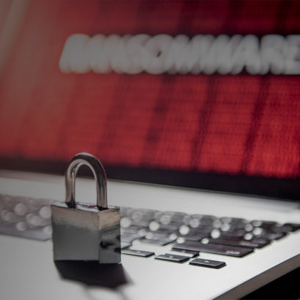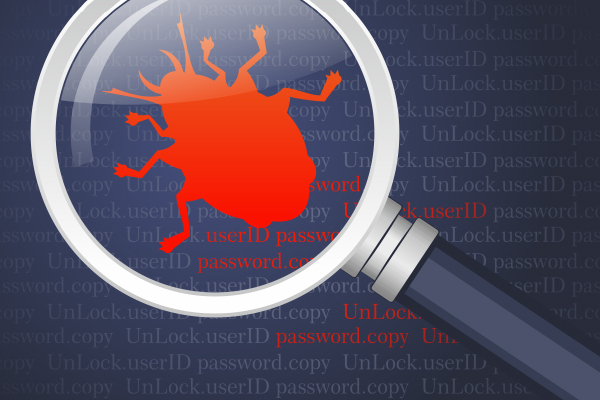Protect Against Ransomware Also With Protection
Ransomware is a multi-million-dollar cybercrime that strikes both individual users and businesses. Hackers use ransomware to encrypt your computer or critical files until you pay a ransom. It’s such a profitable cyberattack that traditional cybercriminals are dropping their old tactics of making money by stealing credit card numbers and banking credentials—in favor of ransomware.

Ransomware targets businesses or organizations that depend on daily access to critical data. Those organizations which can’t afford to lose access to their valuable data during the time it would take to respond to a ransomware attack are at high risk. This includes large corporations, banks, government agencies, etc.
Individual users are also at risk of ransomware attacks. Below are some of the steps you can take to protect against ransomware.
Protect Against Ransomware: Back Up Your Critical Data on a Regular Basis
The leading defense against ransomware attacks is by taking normal backups of your data. By this way, you don’t get to worry about the threats postured by ransomware. Even in case your systems or files get encrypted, you don’t have to pay to ransom to see your data again.
Some ransomware variants search and encrypt backup systems too. Such ransomware variants gain entry to a computer system and then manually work their way through the network to get to servers.
So if you back up your data on a local storage device instead of a network shared drive, you can protect your data from ransomware. Ransomware or the cybercriminals behind that ransomware can’t reach your local storage device since they stay offline most of the time (not directly connected to computer systems).
Protect Against Ransomware: Avoid Suspicious Emails and Links
One of the primary methods by which ransomware infiltrates a system is through phishing attacks. When a user opens a malicious attachment in a spam email or clicks on a malicious URL, ransomware gets installed on their machine.
Cybercriminals have also adopted another method known as malvertising to spread ransomware. In this method, Advertiser’s network gets compromised, and it delivers ransomware through the ads. When you click on such malware-embedded advertisements, ransomware infiltrates your computer. You can prevent ransomware by avoiding such emails and links.
Protect Against Ransomware: Patch Your Systems And Applications
Many ransomware attacks are based on known vulnerabilities in software applications, as well as in operating system and plug-ins. Therefore it is critical for you to patch your software applications as and when the patches are available.
The ever-evolving cyber threats landscape ceaselessly presents modern challenges. Ransomware is one of those challenges. Indeed organizations that exercise ideal cybersecurity practices may fall prey to ransomware attacks.
With that in mind, our engineers at Xcitium have deigned Xcitium Advanced Endpoint Protection (AEP). Unlike other endpoint protection software that follows “Default Allow” security posture, Xcitium AEP uses “Default Deny” security posture. Along with it, it uses powerful Containment engine which can quickly contain both known and unknown (new) malicious software including ransomware.
Xcitium AEP is a complete endpoint protection platform that can disarm even the potent malware such as the ransomware. Get Xcitium Advanced Endpoint Protection today and secure your endpoints against ransomware and other malware threats.
For more details about Xcitium Advanced Endpoint Protection, contact us at +1 (888) 551-1531.
PROTECT YOUR ENDPOINTS FOR FREE
Related Resources




